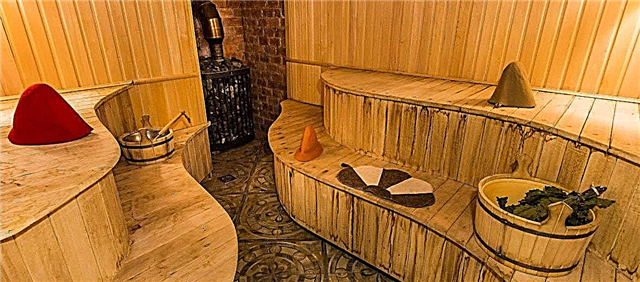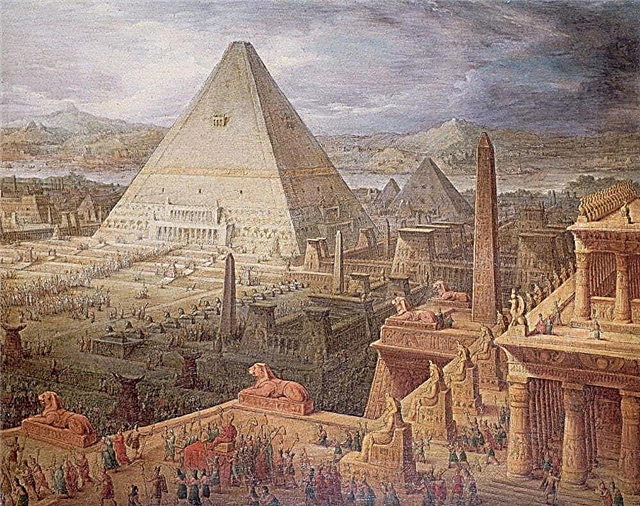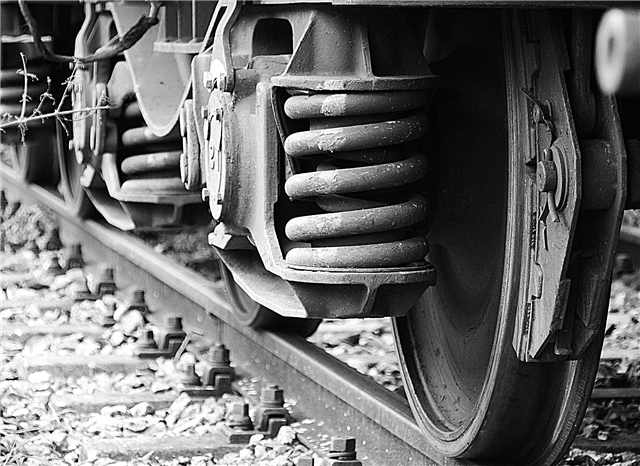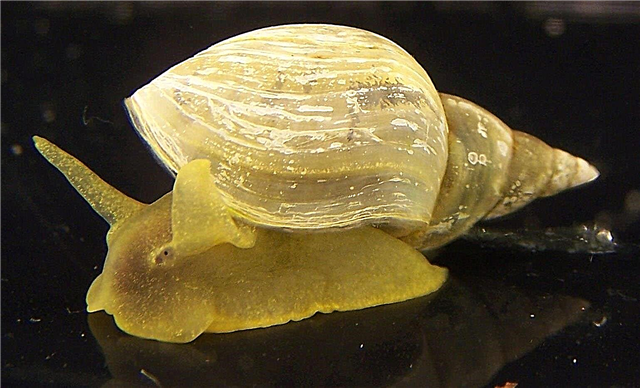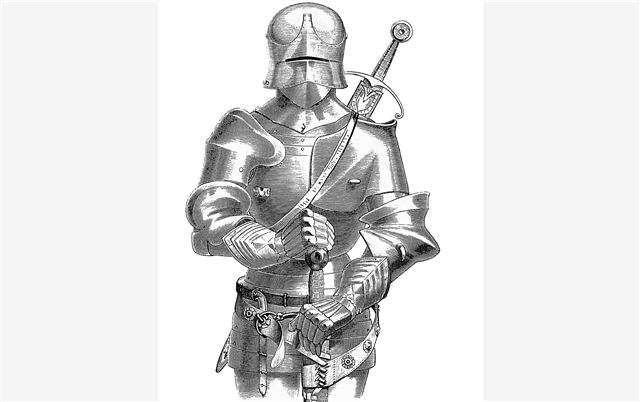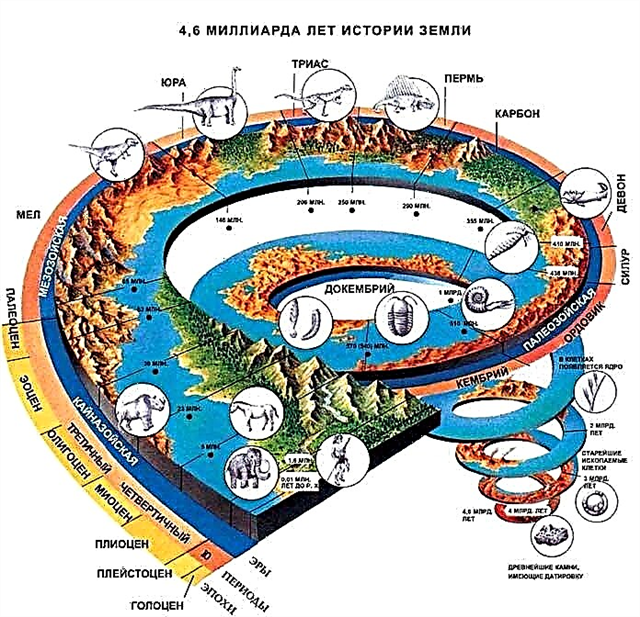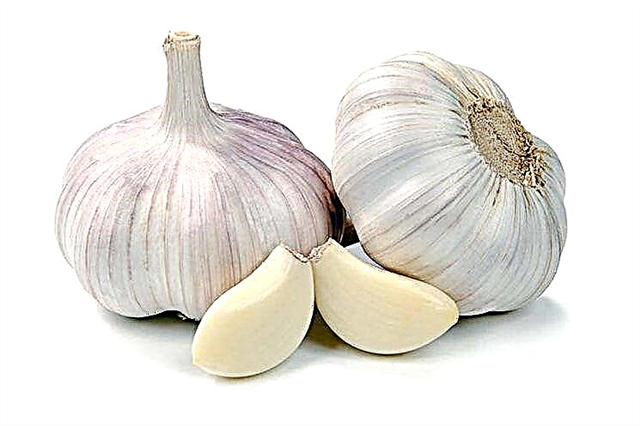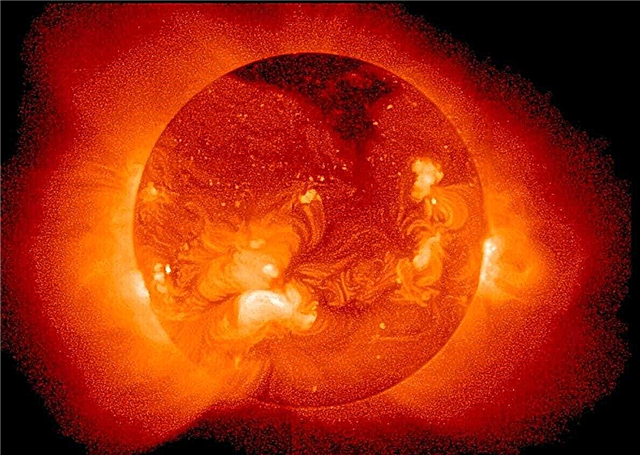
The taming of fire is one of the most important stages in the development of human civilization. When we sit around the campfire, we feel its warmth, we see smoke and flying sparks, and sometimes we hear crackles that look like a special language of fire.
If we discard the mythical constructions, and seriously think about the question of why firewood is cracking in the fire, the answer will not immediately come to mind even for an adult and educated person. Let us try to deal with this phenomenon on the basis of scientific facts.
Interesting fact: Firewood from different types of wood crack in the fire in different ways. Aspen is characterized by a loud, dull sound, the pine tree not only bursts loudly, it also emits a tarry smell, many sparks fly, the same effect can be observed when burning fir, cedar, spruce, larch. Well-dried beech wood is generally distinguished by "silence", crackles, if any, are weak.
Chemical processes inside the bonfire
Acoustic noises during combustion can be classified by their duration in time - continuous and single. A person can hear not only a constant crack, but also single strong “shots”, and even explosions. It cannot be said that the nature of these phenomena is caused only by any one chemical process, a complex of such changes and interactions occurs immediately inside the fire. In which moisture, air, heat is involved. The key effect is access to oxygen bonfire.
Occasional clicks can have not only chemical, but also mechanical origin - under the influence of high temperature, individual fragments bounce off the wood, it delaminates. Emissions of hot gas from inside the log can be heard as a loud bang.
Interesting fact: scientists have learned to heat a tree without access to air (or very limited supplies), a similar technology is actively used in production. This heating method allows you to generate much more heat.
The volume of the described acoustic effects depends on the degree of shrinkage of the wood material - the beech practically does not crack, each tree is assigned its own delamination coefficient under strong thermal effects. At the “cellular level”, the crackle can be explained as follows - hot gases fill the particles of wood, exerting strong pressure on them from the inside, as a result of the “cells” burst like a balloon, in which too much air was pumped. There are millions of such “cells”, and, in aggregate, they produce sounds audible when observing a fire.
No matter how well the firewood was dried, even using modern technologies, it is not possible to completely extract moisture from them. The same beech crackles anyway, only very, very quiet. Its cells burst under the influence of expanding water vapor. The boiling resin also expands and produces a sound. It is easy to imagine such chemical processes by boiling a bucket of water over a fire - numerous bubbles bursting on the surface of a boiling liquid are an analog of what happens inside a wood log.
Scientific explanation of why firewood is cracking in a fire
The phenomena familiar and familiar to us are based on complex chemical processes. Simplified bonfire burning can be divided into two main stages - thermal decomposition of wood compounds (pyrolysis) and destruction of residual materials. For the flow of the first, a temperature of up to 450 ° C is required, at this stage gases (carbon monoxide, carbon dioxide, methane, hydrogen), various liquids (alcohol compounds, acids) are actively released. Residual material “falls out” in the form of coal, which, depending on the type of wood, can be 85% carbon. Then the fire destroys it too, only more slowly.
The crack we hear is the tearing of layers of wood by gases penetrating into the log, a consequence of the actively occurring thermal decomposition of compounds. The crackles of coal, which is formed during this chemical process. Also, crackling may occur due to deformation of the log under the influence of intense heat.


